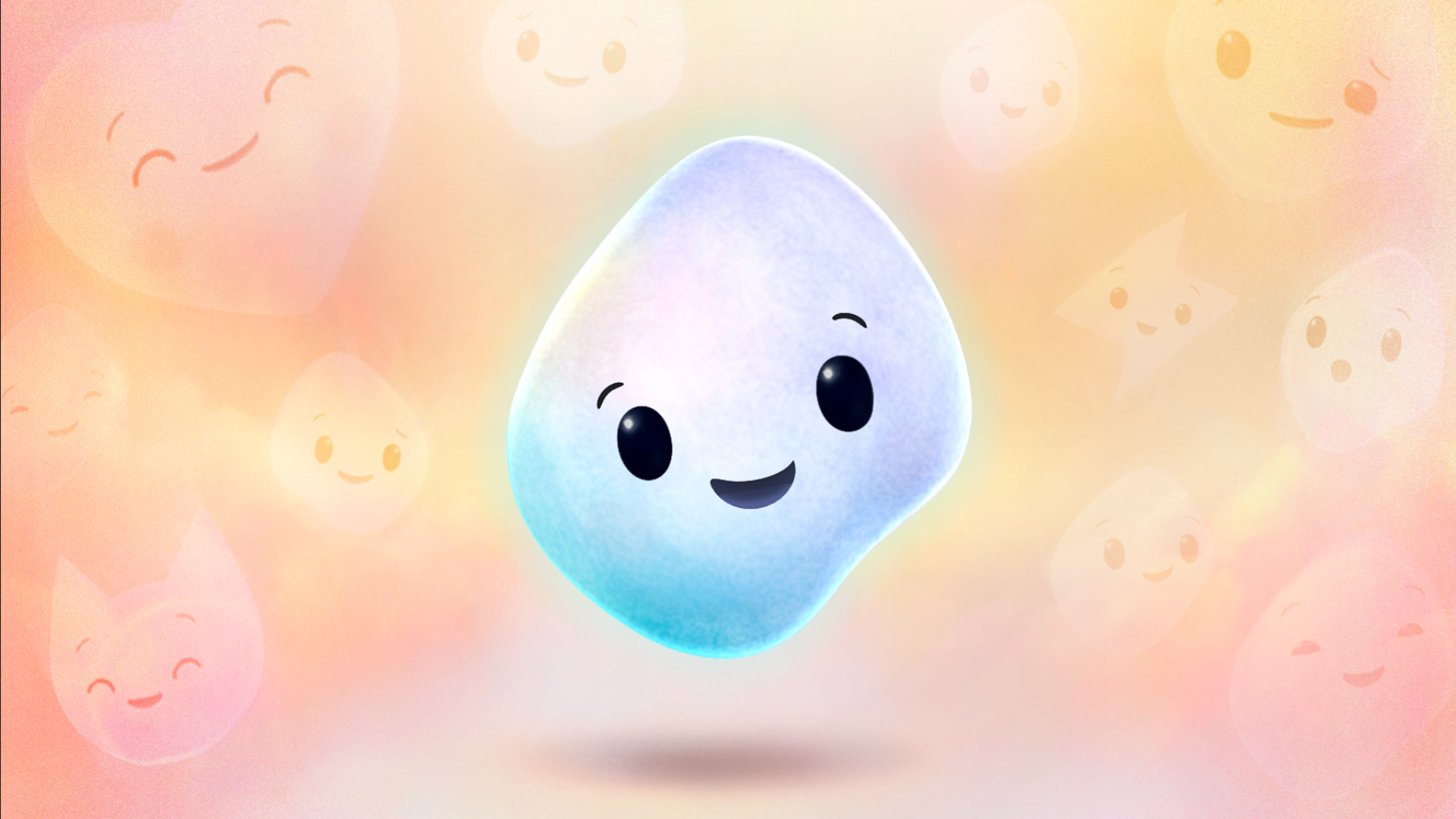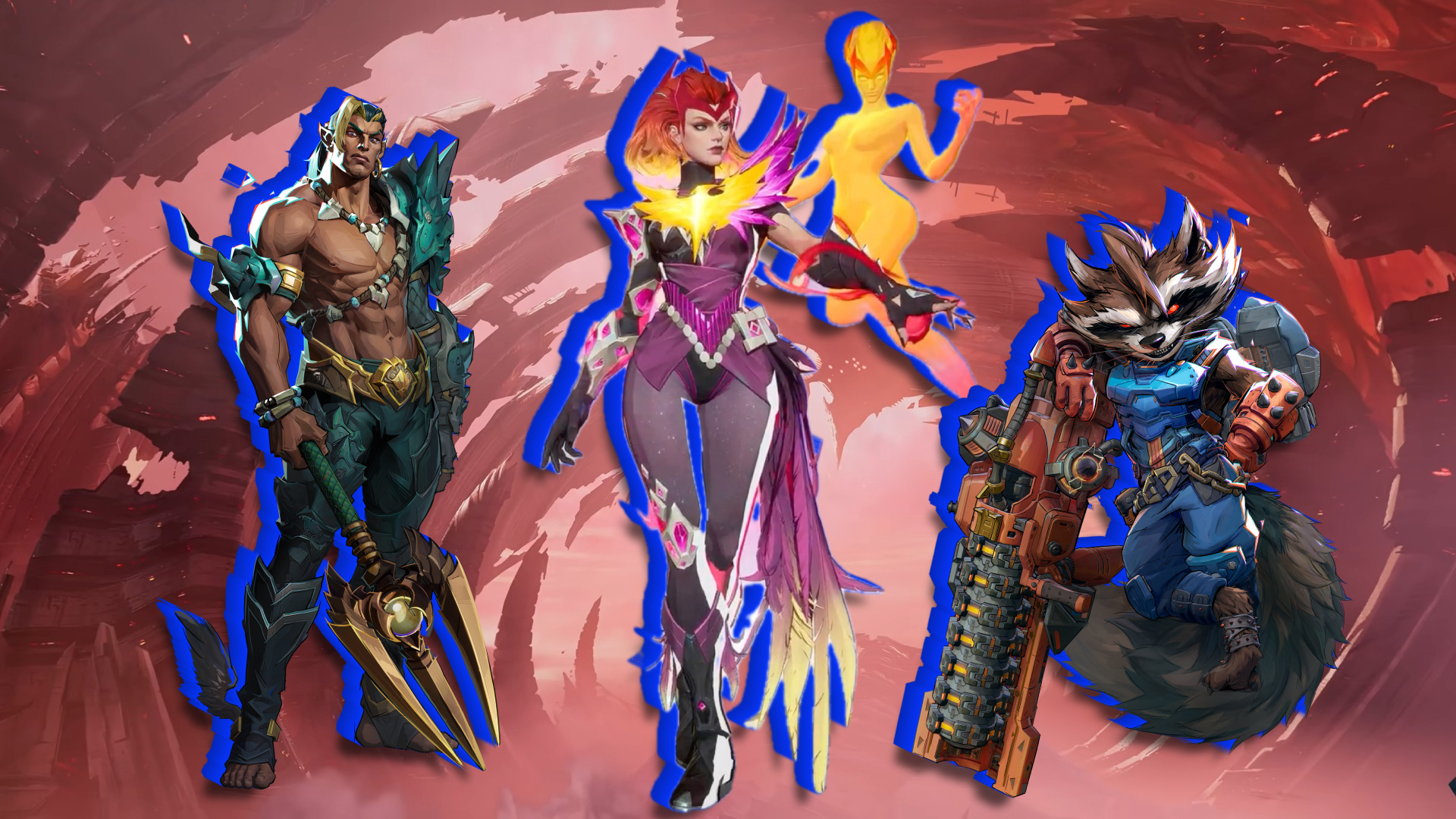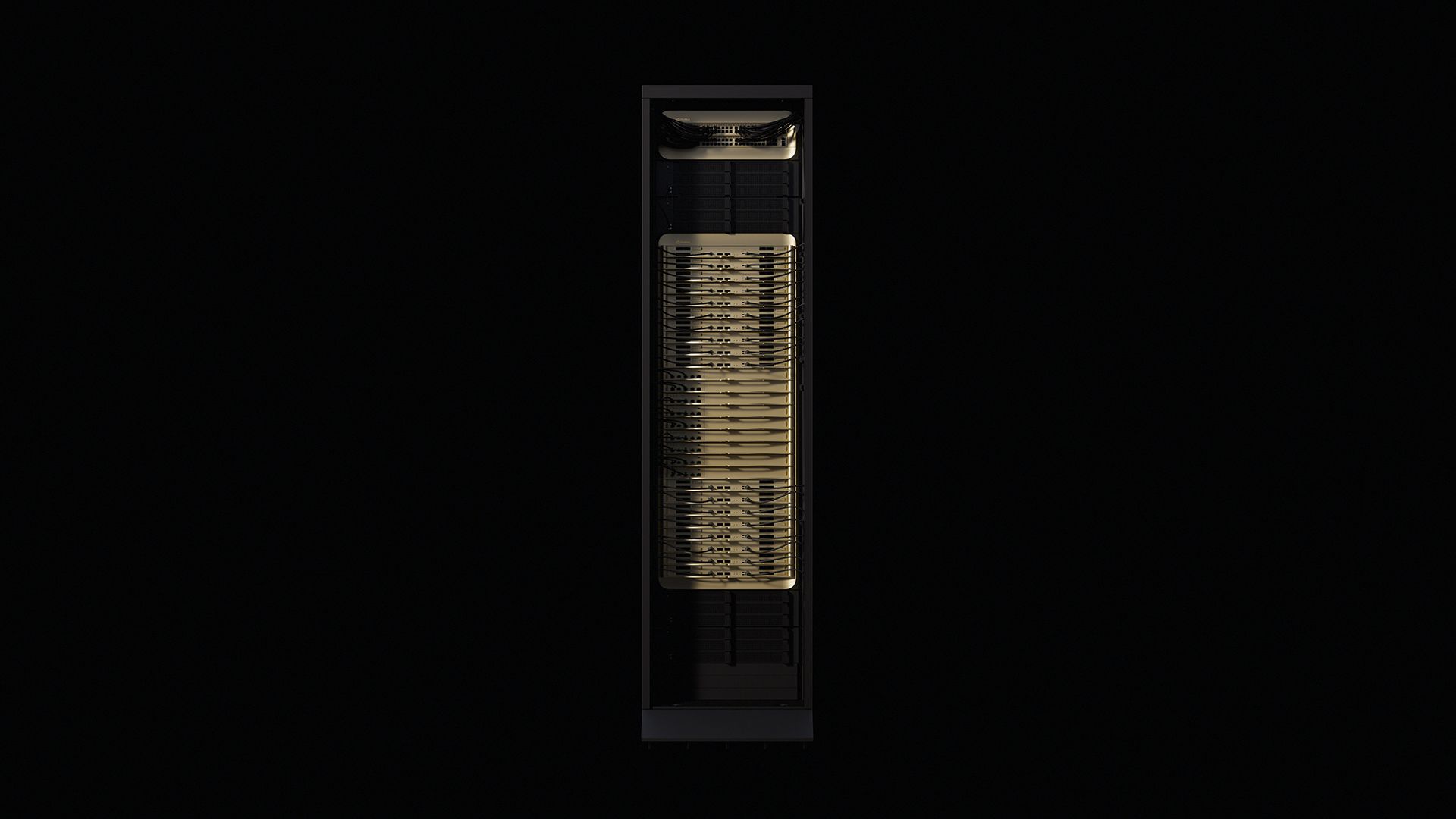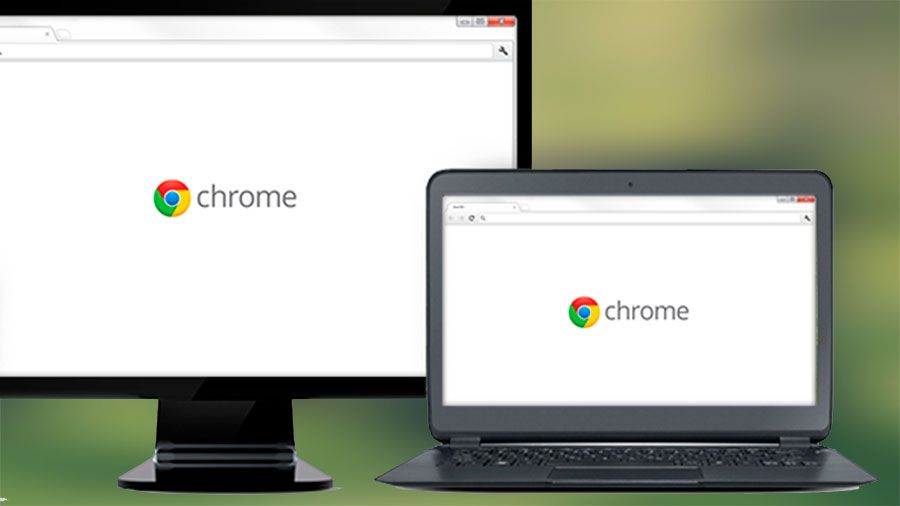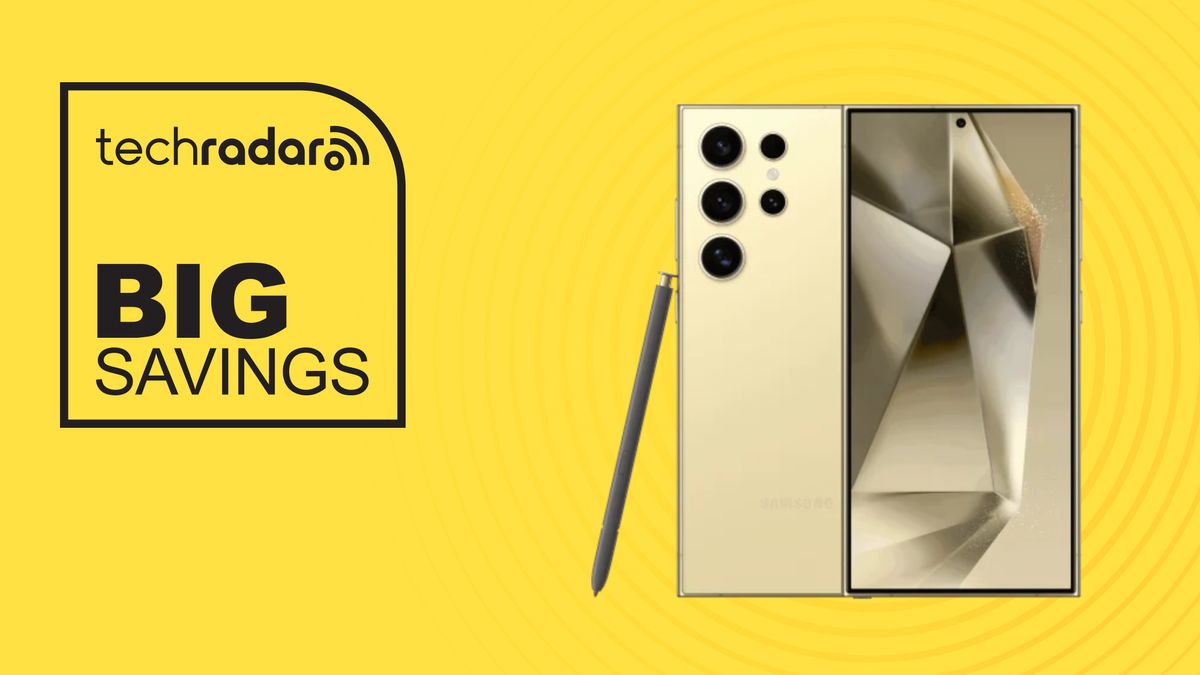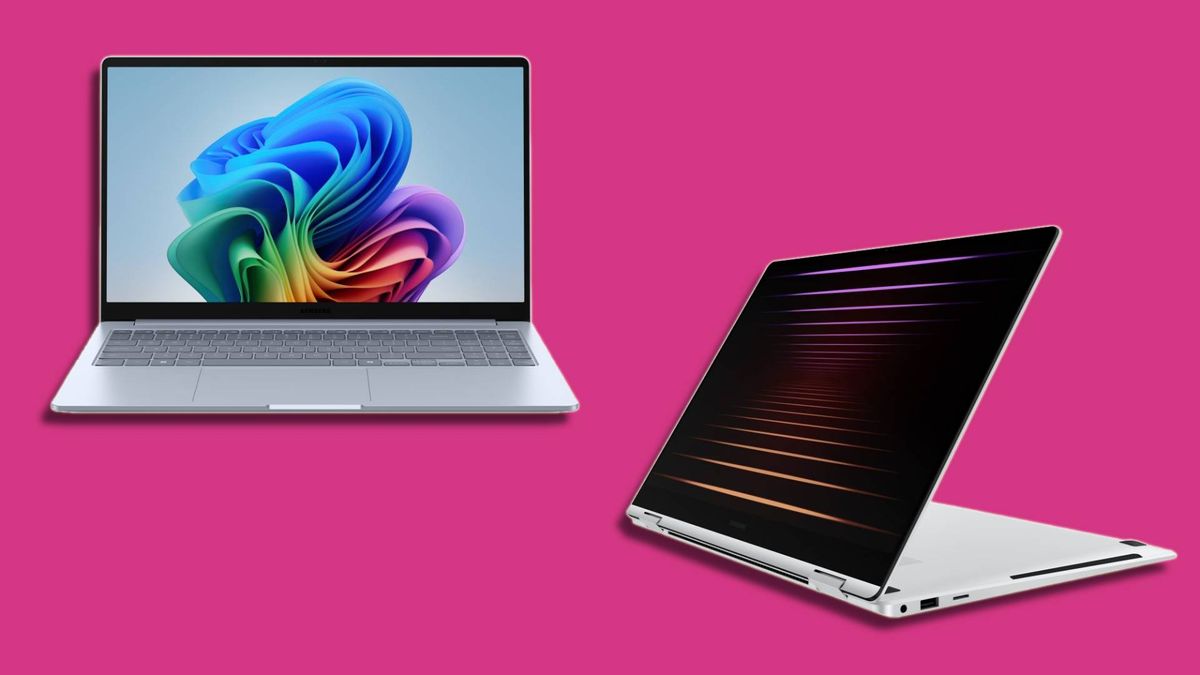- Microsoft has begun to prove the appearance of Copilot to give the assistant to a more different personality
- The feature imbues the co -pilot with expressions and gestures in real time
- Copilot's appearance is part of a broader impulse to give Copilot a persistent identity
Microsoft has decided to put a face in its Copilot AI assistant with a new feature called Copilot's appearance. Reaching a limited set of users in the US., United Kingdom and Canada as part of Copilot Labs from Microsoft, appearance is a kind of animated cloud and has a smile instead of just an incorporeal voice. Microsoft expects appearance to help make co -pilot more durable as a tool for regular participation, not just an occasional interrogation.
It is an idea that conforms to how the company's chief of consumers, Mustafa Suleyman, imagines the future of Copilot. As he explained in a recent interview, Suleyman sees a more human co -pilot, one that carries what he calls “digital patina” as he ages, accumulating history and personality based on time spent a user.
The appearance feature is an aspect of that idea. It offers facial expressions of co -pilot and subtle animations to respond in real time while speaking or writing. Therefore, you can see a smile when it provides information, or a breath wink when it provides follow -up details. Maybe even an eyebrow gathered if you ask for something difficult.
The obvious comparison for any Microsoft AI personality attempt is groups, but that is, in theory, at least, far from the old clip with eyeballs. Unlike Clippy, this assistant does not appear without invitation or asks if he is writing a letter. He will only talk to you when you start a conversation, and it is supposed to exist in silence in the background. But you will remember what you are doing, and that hard memory.
Appearance and personality
It is the continuity of memory that makes it possible for the co -pilot to become as personal as Suleyman wants. Combined with other recent co -ilot updates such as voice mode and vision capabilities, Suleyman expects Copilot to understand both what you want at the time and who you are in general.
Of course, for now, the visual character is not doing anything wild. He will not encourage a complete scene or give birth to his arms as a Pixar partner. It is more like a friendly desktop plant that also edits its reports. Microsoft is slowly moving here for a reason. Other platforms that bowed to chatbots based on characters have encountered problems with users who join an AI partner too much.
The risk, of course, is that some people will begin to think about it. The goal is to gain a user's trust, but not so much that people forget that this is still a tool. But if Microsoft continues to advance along this path, you will need to draw some clear lines.
The appearance is a layer of presence and enamel. It is also a preview of an AI that shows how it is reacting with facial expressions and body language, something that anyone can understand. But, I still do not want to see that Copilot lifts your eyebrows and surrounds your eyes sarcastically at the requests that you think they are silly.

